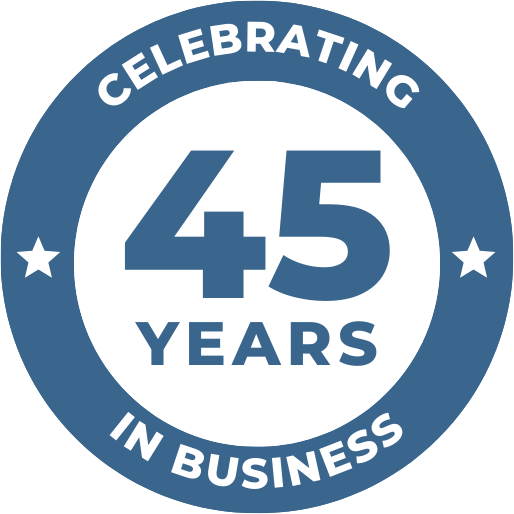What You Need to Know About an Income Statement
Let’s face it, many business owners who are busy with the daily routines of running the company, struggle with taking the time to fully understand accounting principles and terminology. Yet, there are important concepts to comprehend if we are going to run a profitable and successful small business. In this article, we share a layperson’s explanation of an income statement.
The financial statements of a business provide a representation of the company’s current performance to owners and investors. The most important financial statement for the majority of companies is likely to be the income statement, since it reveals the ability of a business to generate a profit. This financial report is not only used by management within a company, but also by outside creditors and investors to evaluate performance, profitability and assessment of risk for a creditor or investor.
Income statements do not just report the income your company makes, i.e. the cash coming in. Rather, an income statement reports the revenues earned by your company during a specific period of time (month, year, etc.). Also, it shows the expenses incurred by your company during the same time period. The income statement is valued because of its indication of profitability, timely reporting and classification of revenues and expenses. You can use this report to track revenues and expenses and determine the operating performance of your business over a period of time.
Understand the Parts of an Income Statement
Simply, an income sheet will add up all of the sales/revenues and subtract all of the expenses. Hopefully, the total will be a positive number, or profit. A negative remainder would be a loss. But what goes into the sales and revenues? What goes into the expenses?
Income is the money your company receives (or will receive) for selling your product or service for the given time period. It does not include assets.
Expenses are the costs incurred in order to sell the products and services. This can be separated into Costs of Goods Sold and Overhead Costs. Costs of Goods sold are variable expenses, such as commissions and shipping charges. Overhead costs are fixed and include items such as rent and salaries. These two types of expenses are often separate line items on an income sheet, allowing one to determine margins.
Components of an Income Statement
• Cost of Goods Sold
• Gross Profit
• Operating Expenses
• Operating Income
• Other Income/Expenses
• Profits
Accrual Basis
The most accurate income sheets are based on accrual basis. This means that income and expenses are recorded for months they actually occur, not just when money changes hand. For example, if you sell 50 widgets for $500 to Buyer 1 on October 15, but Buyer 1 doesn’t pay the invoice until November, the $500 revenue would show on your October income statement. Additionally, if your employee sold the widgets and earns a $50 commission, but doesn’t receive that pay until November 8, the expense (Cost of Goods) will still go in October’s statement, as well.
When accounting is done on an accrual basis, revenues earned are tied to the related expenses incurred in achieving those revenues. This is called the matching principle. This helps when determining profitability on the income sheet for the given time period. Getting this more accurate view helps small business owners make more specific decisions to improve profitability, by seeing the direct correlation between revenues and expenses.
Cash Basis
A cash basis income statement only contains revenues for which cash has been received from customers, and expenses for which cash purchases have been made. In other words, under the cash basis of accounting revenues are reported on the income statement in the period in which the payment is received from customers. Expenses are reported on the income statement when expenses are paid out.
Cash basis accounting is simpler than accrual because it recognizes only two kinds of transactions: cash inflows and outflows. The main difference between accrual and cash basis accounting lies in the timing of when revenue and expenses are recognized. The cash method is a more immediate recognition of revenue and expenses while the accrual method focuses on anticipated revenue and expenses.
Make Informed Financial Decisions for Your Business
Once you understand an income statement, you can get a true picture of your business’s overall health. Are your margins poor? Are your costs of goods sold too high in relation to the revenues they earn? Are your overhead costs also too high, or can you afford the nicer offices you’ve had your eye on? Can you afford more sales staff? Do you need to look for a supplier with lower costs? Looking at your company’s profits and losses accurately will help you make these decisions, and more.
American Receivable can help bridge gaps in your income statements. Our commitment to providing our clients with responsive customer service and the most competitive rates in the industry has made us the go-to source for factoring in Texas and throughout the nation. The success of our clients is the success of American Receivable.
With offices in Dallas and Austin, American Receivable is ranked No. 1 nationally among small-business factoring companies. Since 1979, we have provided small businesses with the financial resources and accounts receivable management strategies they need to grow, increase inventory, make payroll on time, and effectively compete in the marketplace. We can provide funding within as little as 24 hours in some cases. Call us for a FREE quote today at 1-800-297-6652, or complete the quick quote form below.








